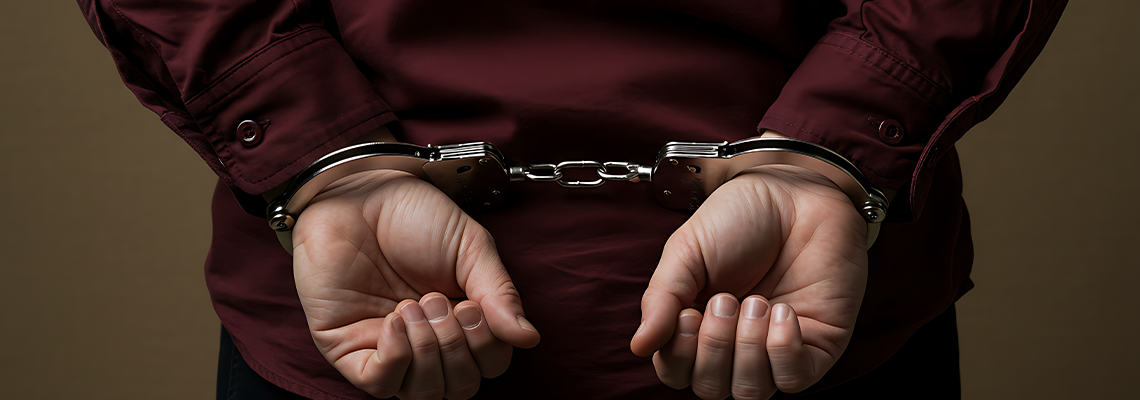Police lineups are commonly used by Michigan law enforcement to identify suspects in criminal investigations. However, the accuracy and reliability of police lineups have been called into question due to concerns about inherent bias. Critics argue that certain aspects of the lineup process can unintentionally influence eyewitnesses and lead to wrongful identifications.
How police lineups work
An eyewitness is presented with a group of individuals, including the suspect and several “fillers” who are known to be innocent. The eyewitness is asked to identify the perpetrator of the crime from the lineup. The procedure which is often integral in the criminal defense process, can be conducted in person or through a photograph lineup.
Confirmation bias
One of the most significant concerns about police lineups is the potential for unintentional suggestion by the lineup administrator. This is often referred to as the “confirmation bias” or “expectation bias.”
This bias occurs when the administrator, whether intentionally or not, suggests or cues the eyewitness to choose a particular individual as the suspect. This can be done through verbal or nonverbal cues, such as body language or tone of voice.
Lineup composition
If the lineup consists of individuals who are visibly different from each other, the eyewitness may be more likely to choose the suspect based on physical appearance rather than actual memory of the crime. This is known as the “foils bias.” Additionally, if the suspect stands out from the other individuals in the lineup in some way, such as by wearing distinctive clothing or having a unique feature, the eyewitness may be more likely to choose them as the perpetrator.
Unreliability of lineups
Research has shown that police lineups can be unreliable. In fact, a study conducted by the Innocence Project found that eyewitness misidentification contributed to 70% of the 375 wrongful convictions that have been overturned through DNA testing in the United States. The same study found that in many of these cases, police lineups had been conducted to increase the likelihood of eyewitness misidentification.
Potential solutions
One solution is to use double-blind procedures, in which the administrator conducting the lineup is unaware of which individual in the lineup is the suspect. This can help to prevent unintentional suggestions or cues that might influence the eyewitness’s identification. Furthermore, using sequential lineups, in which the eyewitness views each individual in the lineup one at a time rather than all at once, has been shown to reduce the likelihood of misidentification.
Making lineups effective and fair
While police lineups can be a useful tool in identifying suspects in criminal investigations, there is evidence to suggest that they are inherently biased. Unintentional suggestions by the lineup administrator and the lineup’s composition can influence eyewitness identification and lead to wrongful convictions. However, by taking the proper measures, authorities can reduce bias in police lineups and increase the accuracy of eyewitness identification.




